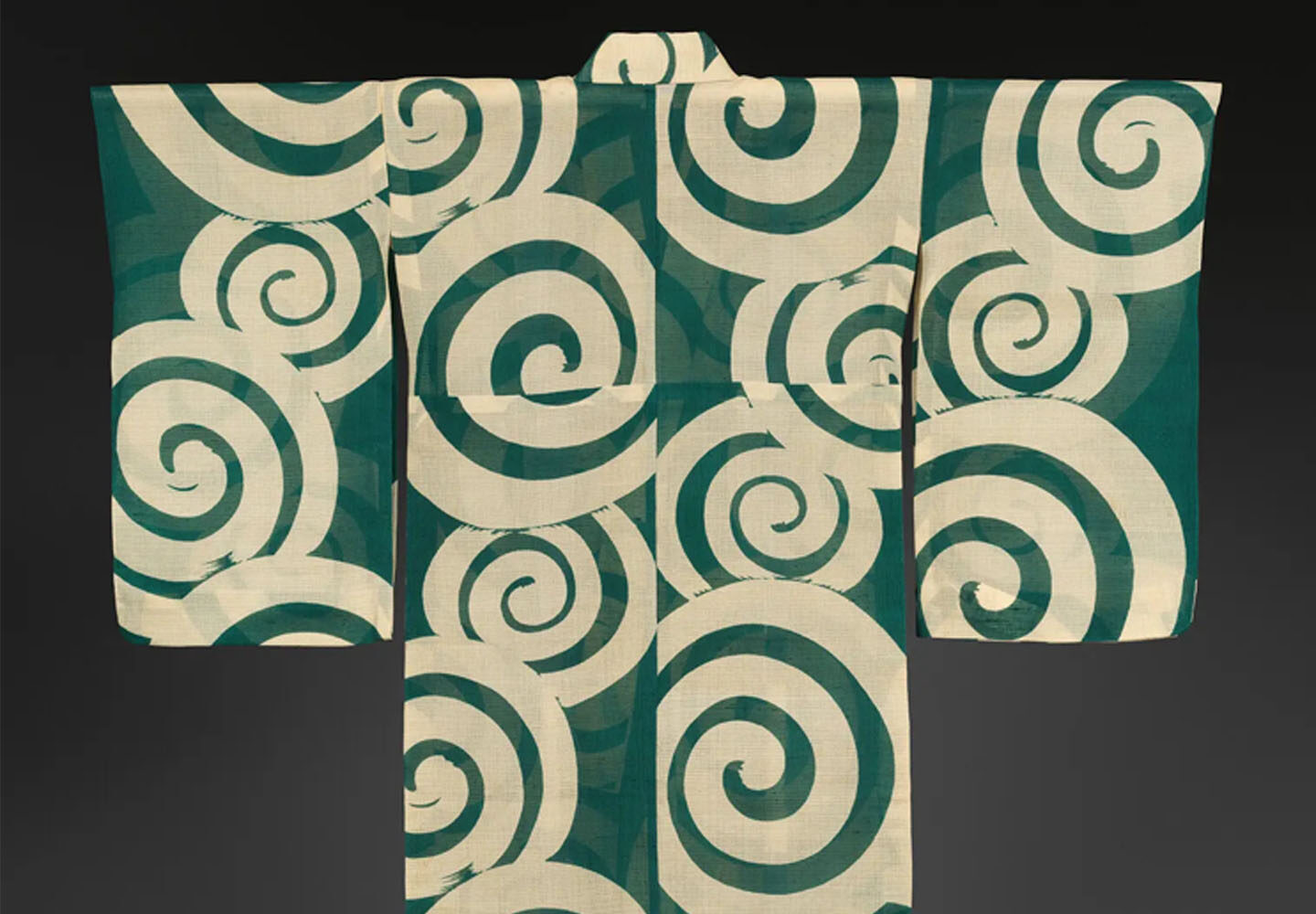Exhibition Details
This exhibition will trace the transformation of the kimono from the late Edo period (1615–1868) through the early 20th century, as the T-shaped garment was adapted to suit the lifestyle of modern Japanese women. It will feature a remarkable selection of works from the renowned John C. Weber Collection of Japanese art that explore the mutual artistic exchanges between the kimono and Western fashion, as well as highlights from The Costume Institute’s collection.
Additional Details
The weaving, dyeing, and embroidery techniques for which Japan is famed reached their peak of artistic sophistication during the Edo period. Members of the ruling military class were the primary consumers of sumptuous kimono, each one being custom-made. At the same time, a dynamic urban culture emerged, and the merchant class used its wealth to acquire material luxuries. Kimono, one of the most visible art forms, provided a way for the townspeople to proclaim their aesthetic sensibility.
Location
The Metropolitan Museum of Art
1000 5th Ave
New York, NY 10028
Image: An unlined summer kimono / photo by Paul Lachenauer


